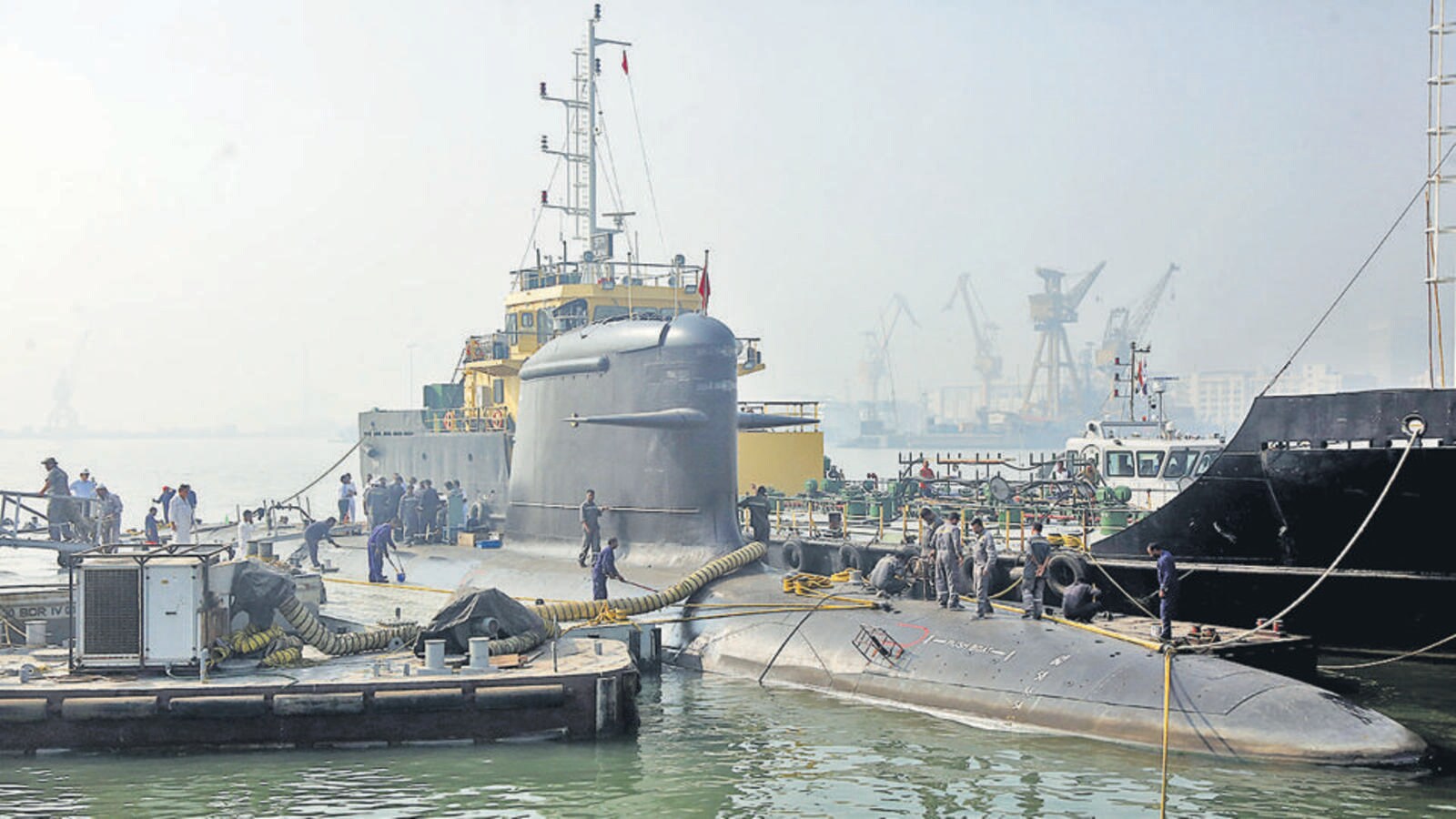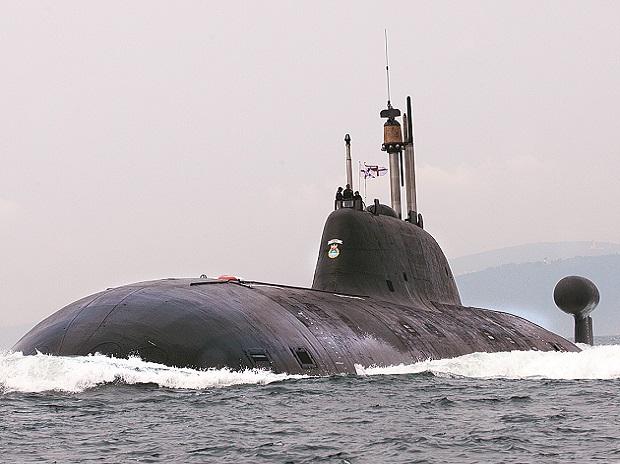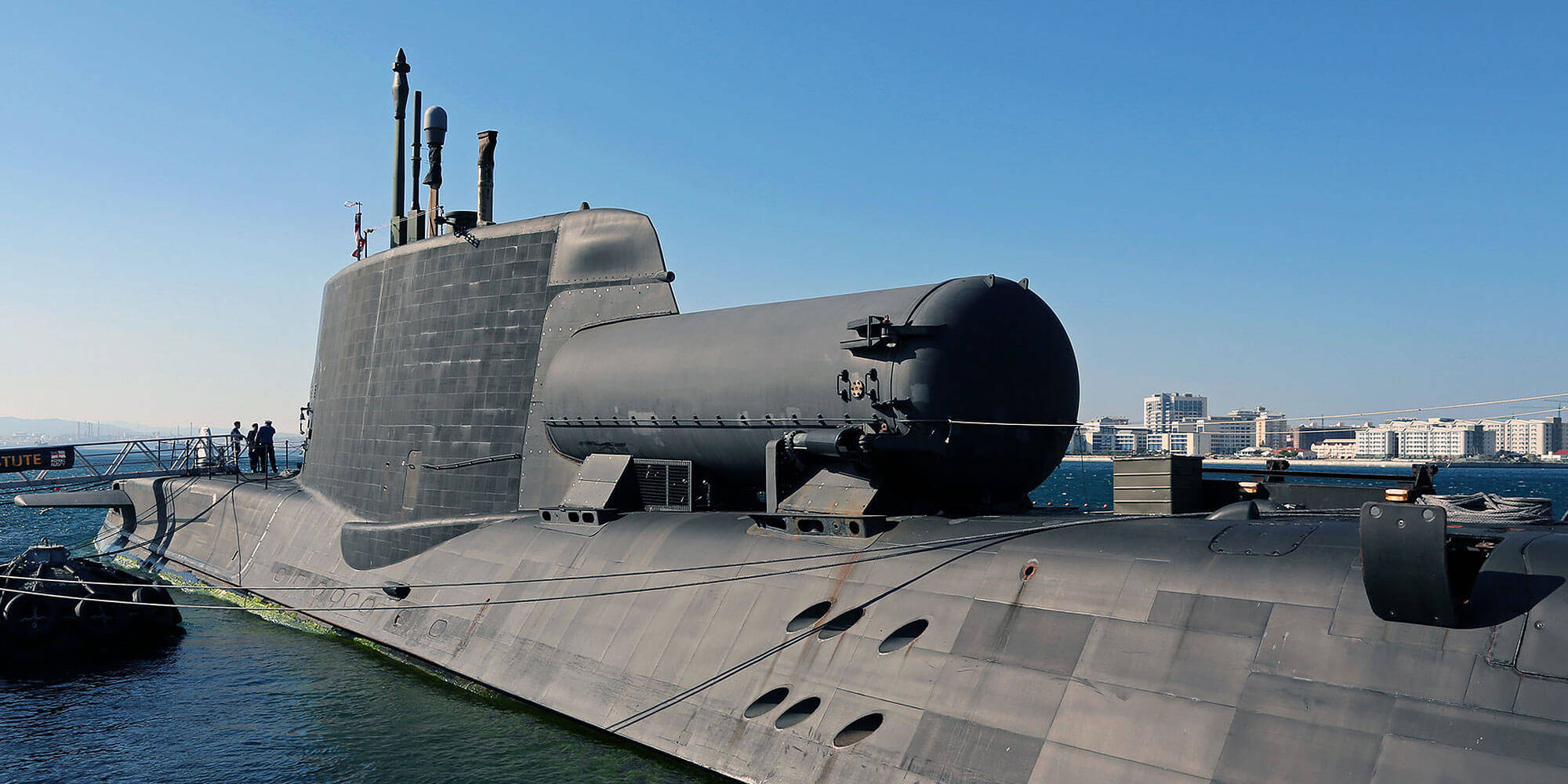walterbibikow
BANNED

- Joined
- Nov 12, 2022
- Messages
- 959
- Reaction score
- -4
- Country
- Location
In a major milestone for indigenous submarine tech, and a long-standing demand by the Indian Navy, a homeground air-independent propulsion (AIP) system has been cleared for integration on the first Made-in-India Scorpene class submarine INS Kalvari.
In a statement just out, the Indian Ministry of Defence has said, “Fuel Cell-based Air Independent Propulsion (AIP) system of DRDO’s Naval Materials Research Laboratory (NMRL) will soon be fitted onboard INS Kalvari. An agreement was signed between senior officials of NMRL and Naval Group France in Mumbai on January 23, 2023 to extend cooperation to enter into the detailed design phase for integration of indigenous AIP in the Kalvari class submarines. As part of the agreement, Naval Group France will certify the AIP design for integration in the submarines
AIP systems, when fitted on conventional diesel-electric submarines, significantly enhance a submarine’s submerged endurance and therefore its overall stealth. While Scorpene maker Naval Group’s own in-house MESMA AIP system has been on offer ever since the submarine building contract was signed in 2007, India’s DRDO has contended since that time that an imported system will not be required as an in-house AIP is getting off the ground.
To be sure, the DRDO AIP has taken its time to achieve technical maturity, but the fact that it has now been cleared for integration indicates that a highly complex system has been developed indigenously, and crucially without outside help.
The MoD statement says, “The AIP has a force multiplier effect on lethality of a diesel electric submarine as it enhances the submerged endurance by several folds. It has merits in performance compared to other technologies and is unique as the hydrogen is generated onboard. This technology has been successfully developed by NMRL with the support of Indian industry partners. The technology has now reached the stage of maturity for industrialisation. It is worth mentioning that the land-based prototype of the NMRL’s AIP has been tested successfully. This new endeavour will be a significant step towards the detailed design certification of the energy module, which will be performed by NMRL along with Indian industry and design of the platforms impacted by the integration of the indigenous AIP inside the Indian submarine by Naval Group. These actions will seamlessly lead the way to start of localisation and industrialization of AIP including the hull fabrication by the Indian industry for future fitment on-board the submarines.“
A diagram of DRDO’s AIP system that will be integrated on INS Kalvari
In December 2020, Naval Group’s India leadership had detailed activity around the milestone that has been announced today. You can read all about that here.
Clearance to the DRDO API comes on the same day that the Indian Navy commissioned into service its fifth Scorpene (Kalvari class) submarine. The lead submarine of the class — INS Kalvari, which will receive the indigenous AIP system — was commissioned into service in 2017. A sixth and final Scorpene submarine under contract will enter Indian naval service later this year or early next.
In 2019, the Indian MoD provided formal approval to a follow-on Project 75-India to built six more submarines under license in India, with a significantly improved version of the Scorpene, sporting air independent propulsion and other systems, one of the contenders.With the lead ship of the class now cleared for an Indian-made API, the Scorpene gets a significant boost in the competition
@Skull and Bones @Raj-Hindustani @VkdIndian @Varunastra @INDIAPOSITIVE @SIPRA

Indian AIP To Be Fitted on 1st Scorpene Submarine - Livefist
In a major milestone for indigenous submarine tech, and a long-standing demand by the Indian Navy, a homeground air-independent propulsion (AIP) system has been cleared for integration on the first Made-in-India Scorpene class submarine INS Kalvari. In a statement just out, the Indian Ministry...

DRDO and Naval Group France sign pact to fit indigenous AIP system on Kalvari class submarines
The agreement was signed to extend cooperation to enter into the detailed design phase for the integration of indigenous AIP in the Kalvari class submarines.








